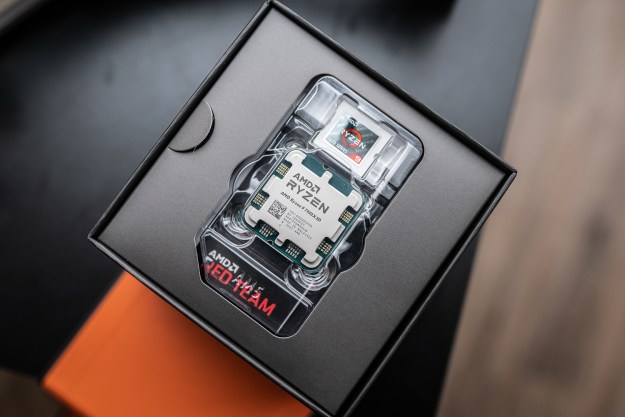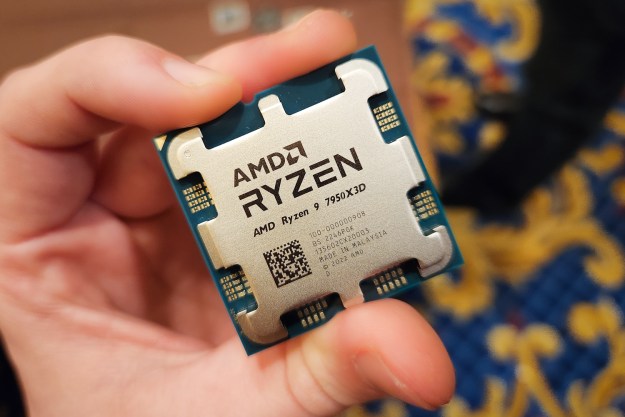
“Fab 68 in Dalian, China, started its initial 3D NAND wafers late in the second quarter, but ahead of schedule,” he stated.
Later on in a Q&A after the initial report, Krzanich said that Intel has already shipped some sample units of 3D XPoint memory to customers (aka “service providers”) for them to test and to begin understanding how the new technology works. The resulting devices are expected to be SSDs rooted in the consumer and enterprise sectors, providing between 5x to 10x improvements in performance over standard SSDs, depending on the workload.
However, he indicated that the big volume Intel expects to see will be through the 3D XPoint DIMM form factors that will be made available next year. This technology will likely be used in cloud applications ranging from machine learning to big data. 3D XPoint will be “nicely configured” for in-memory applications and memory-intensive scenarios, he said.
“It allows you to bring large amounts of storage-like data into a memory-like performance,” he added. “And that’s the real key here.”
But 3D XPoint isn’t just for commercial and enterprise solutions. He said that the technology will appear in consumer devices like laptops and gaming machines. For example, a game could be configured to pre-load the next level into a cache-like environment, thus making transitions from one level to the next almost instantaneous.
“And actually the more we go and start to play with it, start to give it out to customers, the more types of applications and workloads we’re finding that it can be used for,” he added.
Developed with Micron, 3D XPoint non-volatile memory media is different than NAND in that it has no transistors. It relies on a three-dimensional checkerboard structure that allows memory cells to be addressed individually, which in turn means data can be read and written in small sizes, speeding up the overall read/write process. The first to use this type of storage technology is Intel with its upcoming line of Optane SSDs featuring the company’s own memory controller.
As the conference call indicated, Intel is making a huge investment in 3D XPoint SSDs and DIMMs, and believes that this technology will “change the whole memory storage architecture.” The company has strong growth expectations in the memory sector regarding the next couple of years based on the new technology. However, Intel currently isn’t able to determine the size of this budding new market.
“We have pretty widespread guesstimates and models right now on sizing the market because we’re still really learning,” he said.
Editors' Recommendations
- Nice try, Intel, but AMD 3D V-Cache chips still win
- What is a 3D printer, and how much do they cost?
- 3D printed cheesecake? Inside the culinary quest to make a Star Trek food replicator
- Sony’s new 3D display tech keeps getting bigger and better
- Finally, you’ll soon be able to use 3D avatars on Teams calls


